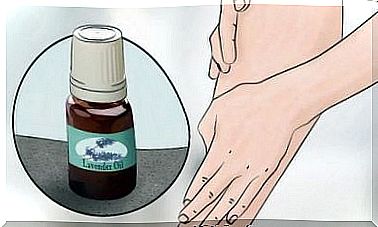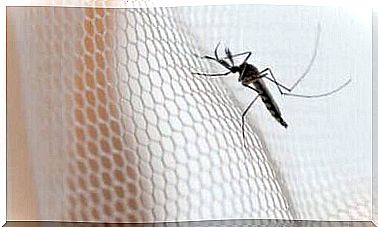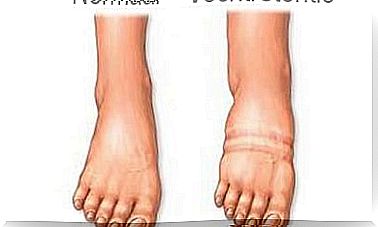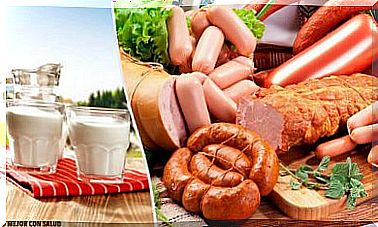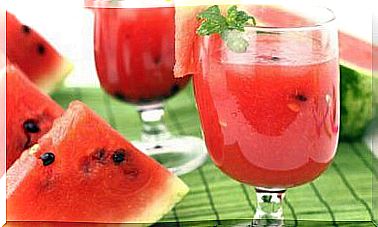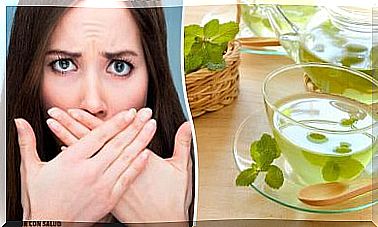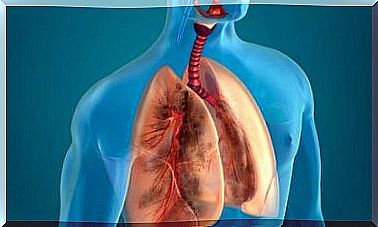Can Kids Follow A Paleo Diet?

If the paleo diet supported human evolution since the Paleolithic era, dating from 2.5 million to 10,000 years ago, why isn’t it suitable for everyone, including our little ones? In this sense, a number of specialists believe that children can follow a paleo diet.
This pattern is an eating style similar to what our pre-agricultural ancestors ate. It involves eating fresh, unprocessed products, reducing the current reliance on processed ready meals and some choices for whole foods and legumes.
It is also known as the Paleolithic diet, the Stone Age diet, the caveman diet, or the hunter-gatherer diet. As with any dietary guideline, parents should ensure that their children are getting all the nutrients they need.
Allowable Foods in a Paleo Diet for Kids
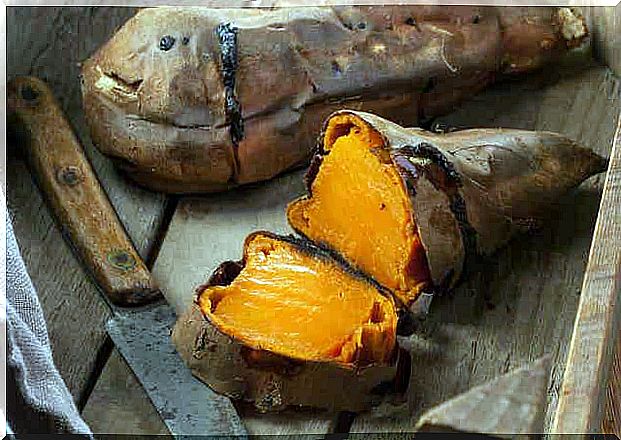
In general, the paleo diet includes lean meats, fish, vegetables, fruits, nuts, seeds, healthy fats and oils. It’s based on the idea that humans’ digestive systems are not adapted to eating and metabolizing ultra-processed foods.
Like other experts, the plan’s author, Dr. Loren Cordain, that the modern diet is associated with an increase in chronic non-communicable diseases. Think of conditions such as:
- Type 2 diabetes
- Heart and vascular disease
- obesity
- High bloodpressure
- Osteoporosis
The paleo diet consists of a number of different whole foods. The foods that make up this eating style include:
- Fruits and vegetables. Preferably tropical varieties, such as pineapple, papaya, mango and fuji apple.
- Fish and seafood that is not farmed.
- Chicken, quail and goose eggs from organic farms.
- Poultry and red meat, including game.
- Sweet potatoes.
- Bread made with buckwheat. It is a pseudocereal without gluten.
- Nuts, except peanuts, which are legumes.
- Mushrooms such as mushrooms, chanterelles, shiitake.
- Honey as a sweetener.
- Coconut oil, olive oil and avocado as fats.
- Garlic, leek, olives, onion, aromatic herbs and spices as seasonings.
Foods to Avoid on a Paleo Diet
The paleo diet avoids foods that don’t come from hunting or gathering. It therefore excludes processed and ultra-processed foods, such as products with trans fats, breakfast cereals, soft drinks and ready-to-eat products.
It has been established by, among others, the Food and Agriculture Organization of the United Nations (Spanish link) that these products are harmful to health. In an article on the paleo diet, they explain that other natural foods, such as grains, legumes and dairy products, are also not allowed (Spanish link).
One of the reasons for this is that they were not part of the Paleolithic-era diet and can cause inflammation or digestive problems. This has been discussed by the T. Colins Campbell Center for Nutrition Studies . The foods to avoid include:
- Potatoes and legumes, such as lentils, soybeans, peanuts, chickpeas, peas, lima beans and all kinds of beans.
- Dairy products, such as cow’s milk, cheeses, yogurt, kefir, and frozen desserts. Specialists also ban almond, soy and quinoa milks.
- Grains, such as quinoa, amaranth, corn, millet, rye, oats, rice, wheat, cookies, pizza, pasta, bread, gnocchi.
- Seeds such as chia, sunflower, sesame or pumpkin.
- Refined sugar, sweeteners and all derivatives.
- Alcoholic or sweetened drinks. This includes wine, beer, soft drinks and liquors.
- Berry-like fruits. That is, species with small seeds that we cannot digest, such as kiwi, peppers and strawberries.
- Vegetable oils from seeds and all their derivatives.
Benefits of a paleo diet in children
Children may benefit even more from the paleo diet than adults, as their eating habits are just beginning to form. This diet provides a nutrient density that supports the need for growth and development.
- Children can get proteins from lean meats, fish and poultry, which contain essential amino acids to synthesize tissues during development.
- As an energy source for their growth, they can consume a combination of complex carbohydrates and simple sugars from fruits, pumpkins, sweet potatoes or buckwheat bread.
- Olive oil, famous for its health benefits (Spanish link), as well as avocado, can replenish calories.
- Another benefit of a paleo diet in children is the contribution of omega-3 fatty acids to vision and brain development and cell construction, as described in the Chilean Journal of Nutrition (Spanish link).
- Fatty fish, such as salmon, mackerel, tuna, sardines, and walnuts, are good sources of this type of fat.
On the other hand, the Complutense University of Madrid in its book “Fruits and Vegetables: Sources of Health” reveals the broad spectrum of vitamins, minerals, antioxidants and phytochemicals that these vegetables provide (Spanish link).
They are auxiliary substances for metabolic processes, for an optimal immune system and a healthy body. The paleo diet promotes them as an important part of the diet.
Within the confines of a paleo diet, the WHO supports the reduction of refined foods and sugars from an early age (Spanish link). It can reduce the risk of obesity, overweight, diabetes and cardiovascular disease in adulthood.
This diet also avoids sources of gluten and certain nutrients from legumes, as these are believed to be harmful to the child’s immature digestive tract. However, the Spanish Association of Pediatrics (Spanish link) recommends introducing gluten and legumes from the age of 6 months as part of the supplementary diet.
Possible Consequences and Side Effects
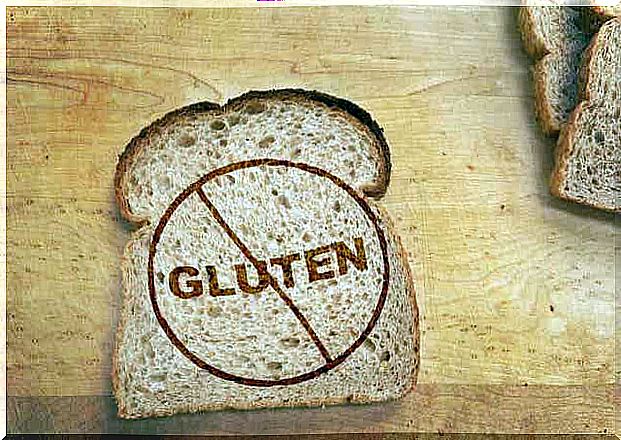
The inclusion of gluten in the diet is contested among paleo diet adherents and medical organizations. The latter promote its presence in the diet from the age of 6 months.
Our children are growing and need a lot of energy. The paleo diet eliminates many foods that can be a source of energy. Simple sugars from fruit, for example, and carbohydrates from grains and legumes.
Omitting legumes from the paleo diet eliminates the health benefits they provide, as identified by the FAO (Spanish link). They are a good source of soluble and insoluble fiber, antioxidants, phytochemicals and resistant starch used to promote the growth of bacteria in the gut.
On the other hand , excluding dairy products reduces one of the best sources of calcium in children’s diets, which is essential for strengthening bones and teeth. For this reason, specialists place special emphasis on monitoring the consumption of fish, leafy vegetables, nuts and eggs. However, as the topic is up for debate (Spanish link), it may be indicated to increase calcium intake if the child tolerates milk.
Another consequence of omitting dairy is that it is also an excellent nutrient for probiotic foods that improve gut health. For example, think of products such as yogurt and other milk products with healthy bacteria. A paleo diet offers only a few fermented plant products, such as sauerkraut and fruit drinks (Spanish link).
As for red meat consumption, the Chilean Journal of Public Health (link in Spanish) associates it with the development of certain diseases, so they recommend including more chicken and turkey in the diet.
Is a Paleo Diet Right for Kids?
Specialists consider the paleo diet to be a safe and nutritious diet for people of any age. In children, just like adults, the diet should be adapted to individual needs.
Children can follow a paleo diet, as long as it is done in close consultation with a pediatrician and a specialized dietitian. In this way, it can be prevented that nutrients are missing in the diet. Undoubtedly, eating lean protein, fruits, vegetables, nuts, seeds and unsaturated fat on a regular basis is an excellent option for children and the whole family.
